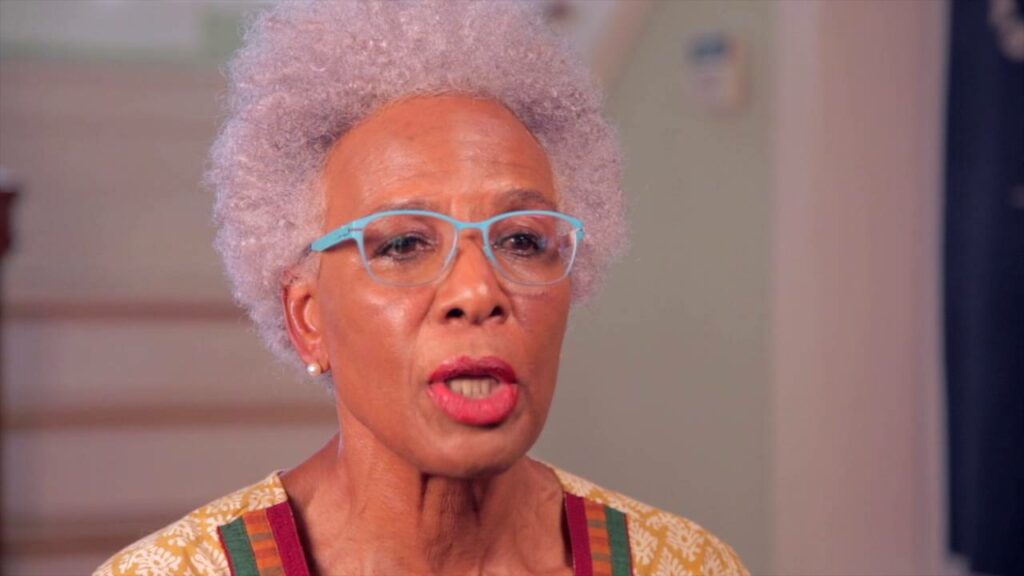
In a recent apparent racially motivated attack on four black middle-school girls, two boys of East Indian descent are facing charges of lewd conduct. They hurled the racial epithets and even urinated on one of the girls. This occurred in a New Jersey suburb at a football game, no less.
What is perhaps the most bizarre response to the report of this incident may be the opinion piece that highlighted the assault as an enactment of “whiteness.” Dr. Nell Irvine Painter the Edwards Professor of American History, Emerita, at Princeton University and author of among other works, The History of White People (W. W. Norton & Company, 2011) speaks of the “evolving of whiteness.”
In her October 26, 2019 post, “A Racist Attack Shows How Whiteness Evolves” in the New York Times, Painter said:
Instead of asking what the boys’ reported racial identity tells us about the nature of the attack, we should see the boys as enacting American whiteness through anti-black assault in a very traditional way. In doing so, the assailants are demonstrating how race is a social construct that people make through their actions. They show race in the making, and show how race is something we perform, not just something we are in our blood or in the color of our skin (emphasis added).
Painter is a leader among African American thinkers that are redefining race as a social construct. This is a troubling move, as illustrated in this incident where “whiteness” is considered “space” and “enactment.”
Dr. Painter is an avowed advocate for her people, African Americans, who incidentally come in various shades of skin color. Yet, when discussing her people en masse she uses the clear and unclouded word, black!
In affirming what sociologist Elijah Anderson calls “the White Space,” Painter says, “The experiences of black people accused of these purported infractions have acquired a panoply of names that capture the absurdity of facing such hostility while innocently carrying out everyday activities: driving while black, barbecuing while black, walking while black, sitting at home while black.”
Dr. Painter, with all due respect, even the notice of your book, The History of White People states categorically that there are 70 black and white photos. Your pictures are what they are. And, color is not an action. If one were to empathize with the struggles of black people in America’s past, would that make one black?
[Author’s Note: Dr. Painter’s post can be seen here]










